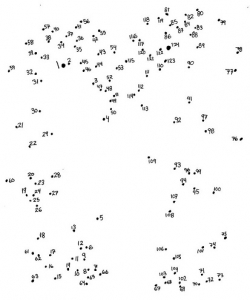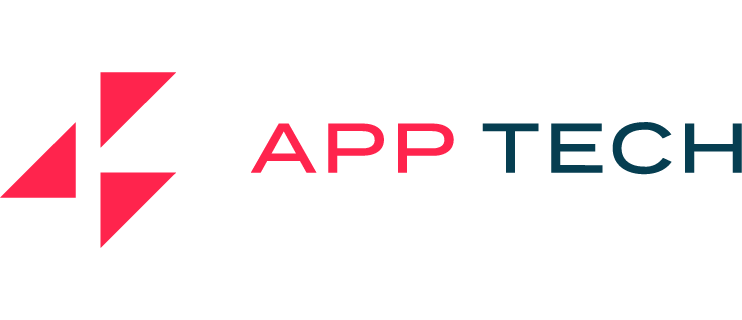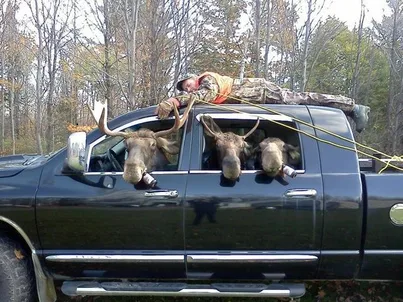Have you ever played Connect the Dots? At first it might seem like a bunch of dots and numbers. But as the dots begin to connect, the image magically appears. Restaurant claims are similar. At first it might seem like a bunch of events and numbers. But eventually general liability, personal injury, liquor liability, product liability (food poisoning, allergic reactions, hepatitis), and fire can all come together and magically reveal the whole picture.

It’s obvious enough that insurers have an obligation to fulfill the promises they make to protect against losses when they sell policies. But who protects your risk managers? How can they ensure they’re properly identifying all of the risks they’re paid to mitigate? How can they do so efficiently and coherently? And how can they connect the dots between claims to identify patterns, to improve their risk selections, and to maximize guest satisfaction?
The Whole Picture
They can start by tracking incidents, rather than claims. Here’s a scenario: One evening, Gladys, a waitress at Ernie’s Chop Joint, trips on her way across the dining room and drops a tray containing a carafe full of water and eight water glasses. The glasses shatter. As the carafe rolls across the floor, water runs into some electric sockets in the floor, causing a fire. (Claim #1, property damage.)
On its way to the floor, the carafe full of water, ricochets off the right foot of Herb, a gentleman having dinner with his wife, fracturing three metatarsals. (Claim #2, bodily injury). Herb’s wife, Grenadine, believing Gladys dumped the tray on purpose, convinces Herb to sue Ernie’s. (Claim #3, general liability.)
The risk manager now has three claims to contend with, all stemming from Gladys’s stumble, but that may be unrelated in terms of coverage. For that matter, it’s possible for the claims to be managed by different people who may have no way and no reason to connect the dots. If, on the other hand, the claims had been tracked by incident (poor Gladys), then all the dots would have been connected.
If the claims system the risk manager used tracked incidents — used tag-based organization for documents to eliminate network folders and files; attached image files, videos, PDFs, and other documentation to each incident and anchored every claim to an incident — dots would connect themselves. As a result, claims would be managed more efficiently, patterns would be more readily identified, risks would be assessed more effectively, and conditions and circumstances could be adjusted to mitigate those risks.
We can’t promise to protect Gladys. But we can definitely help the risk manager who’s trying to.







